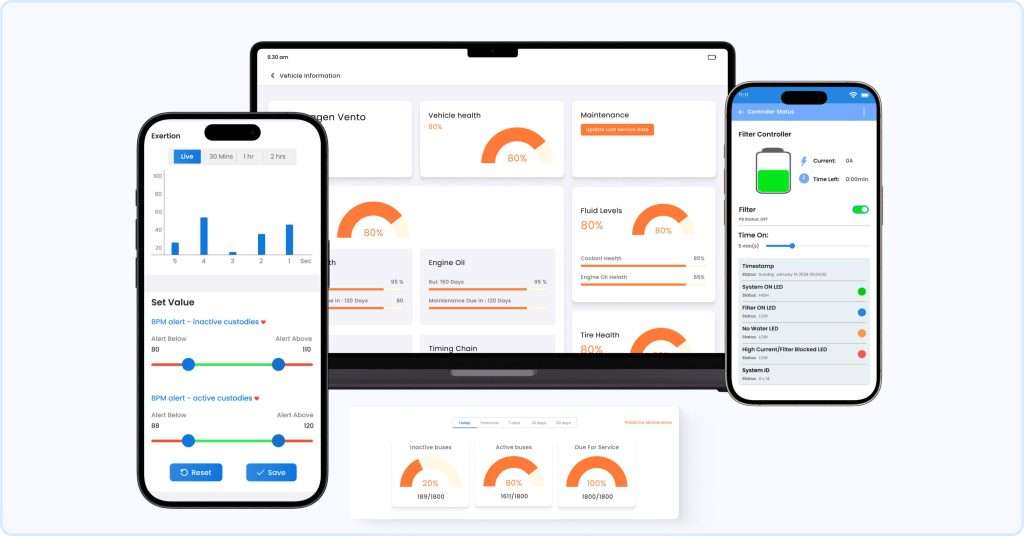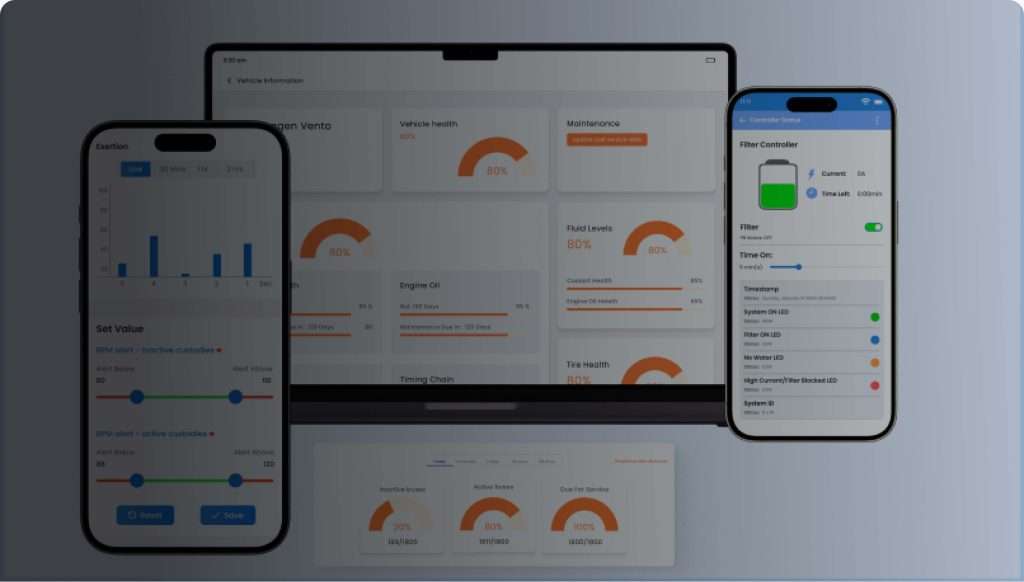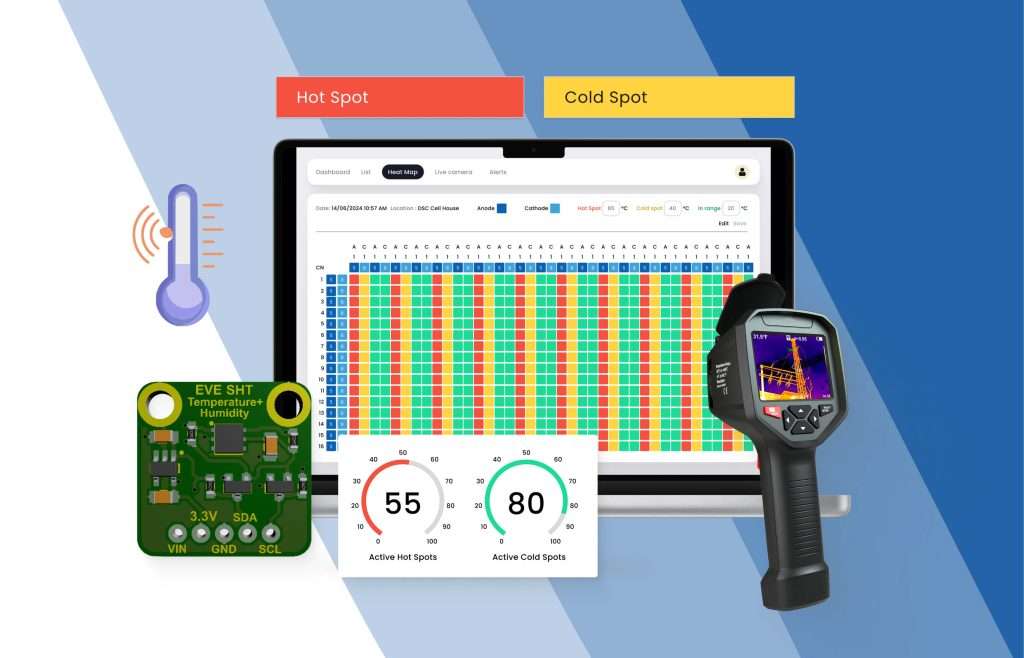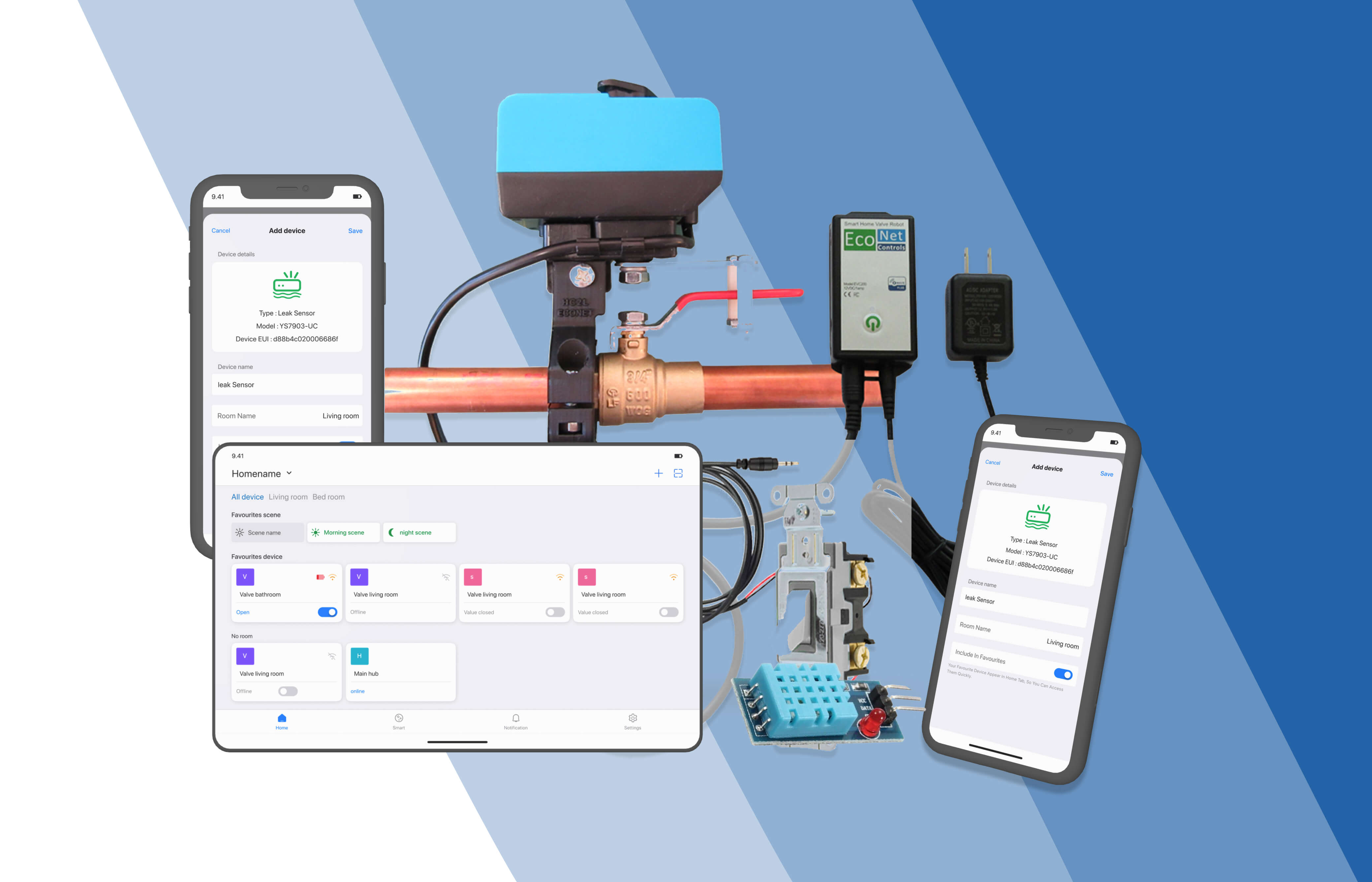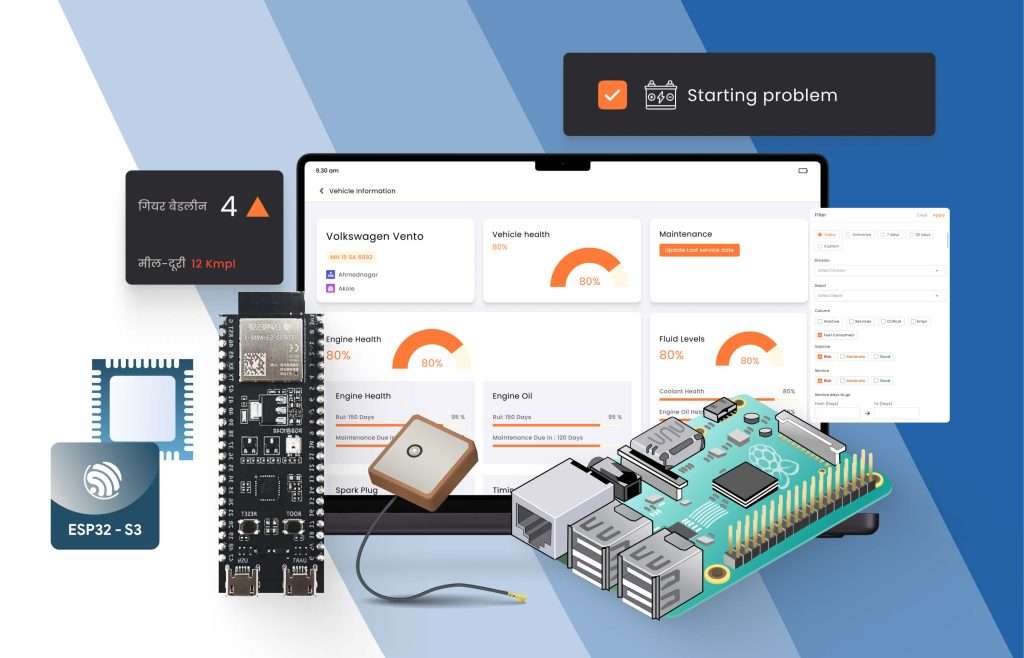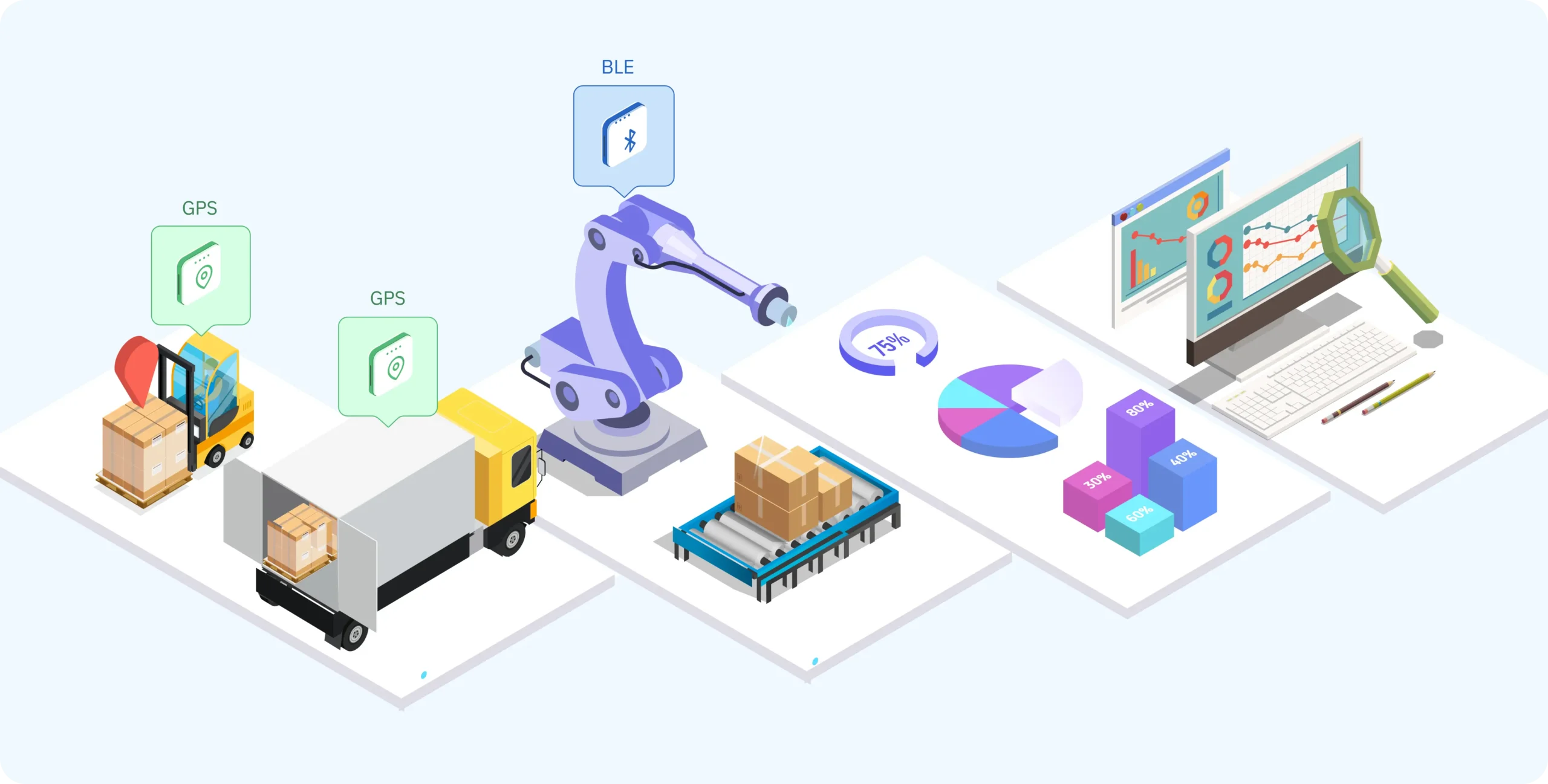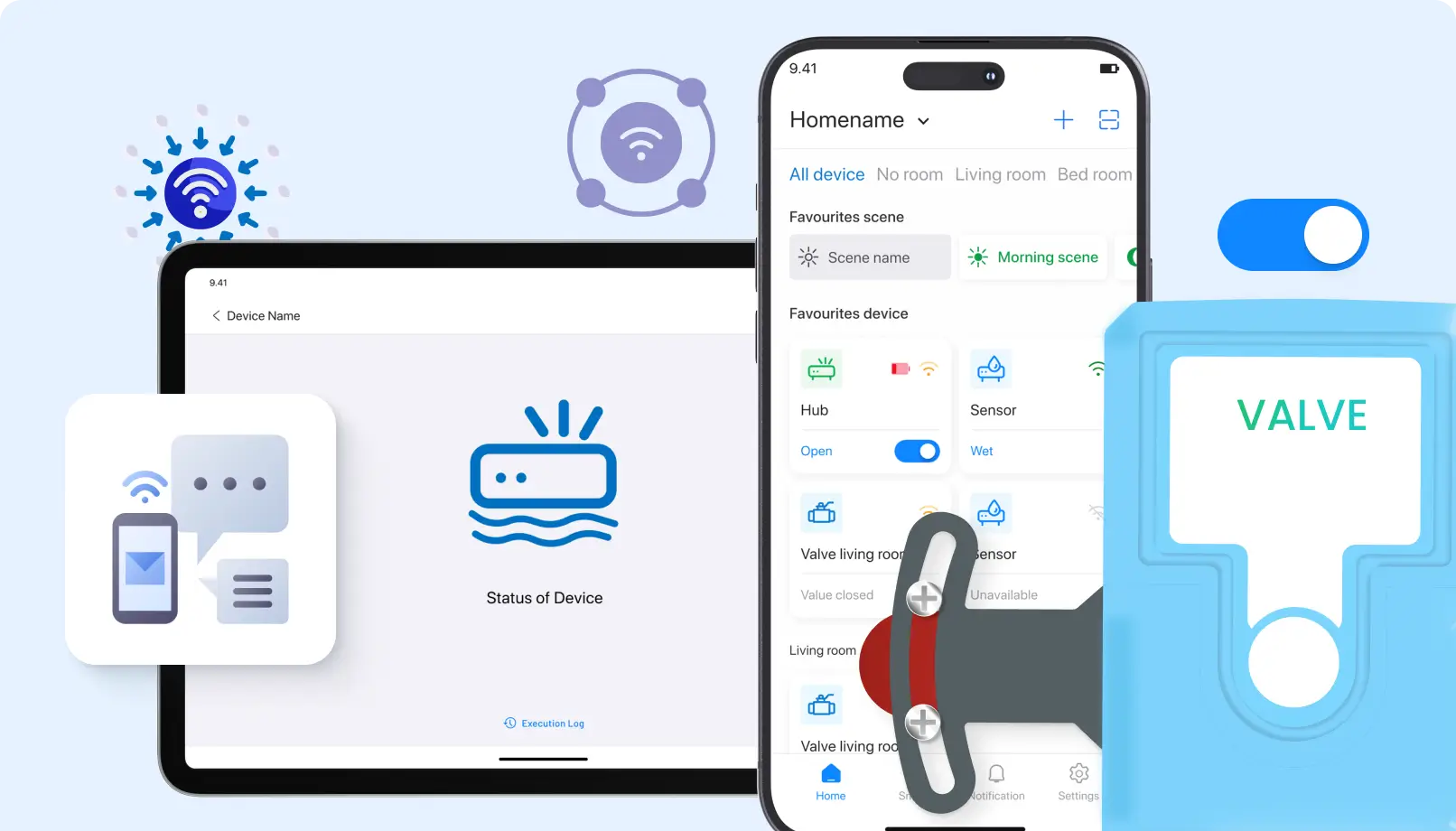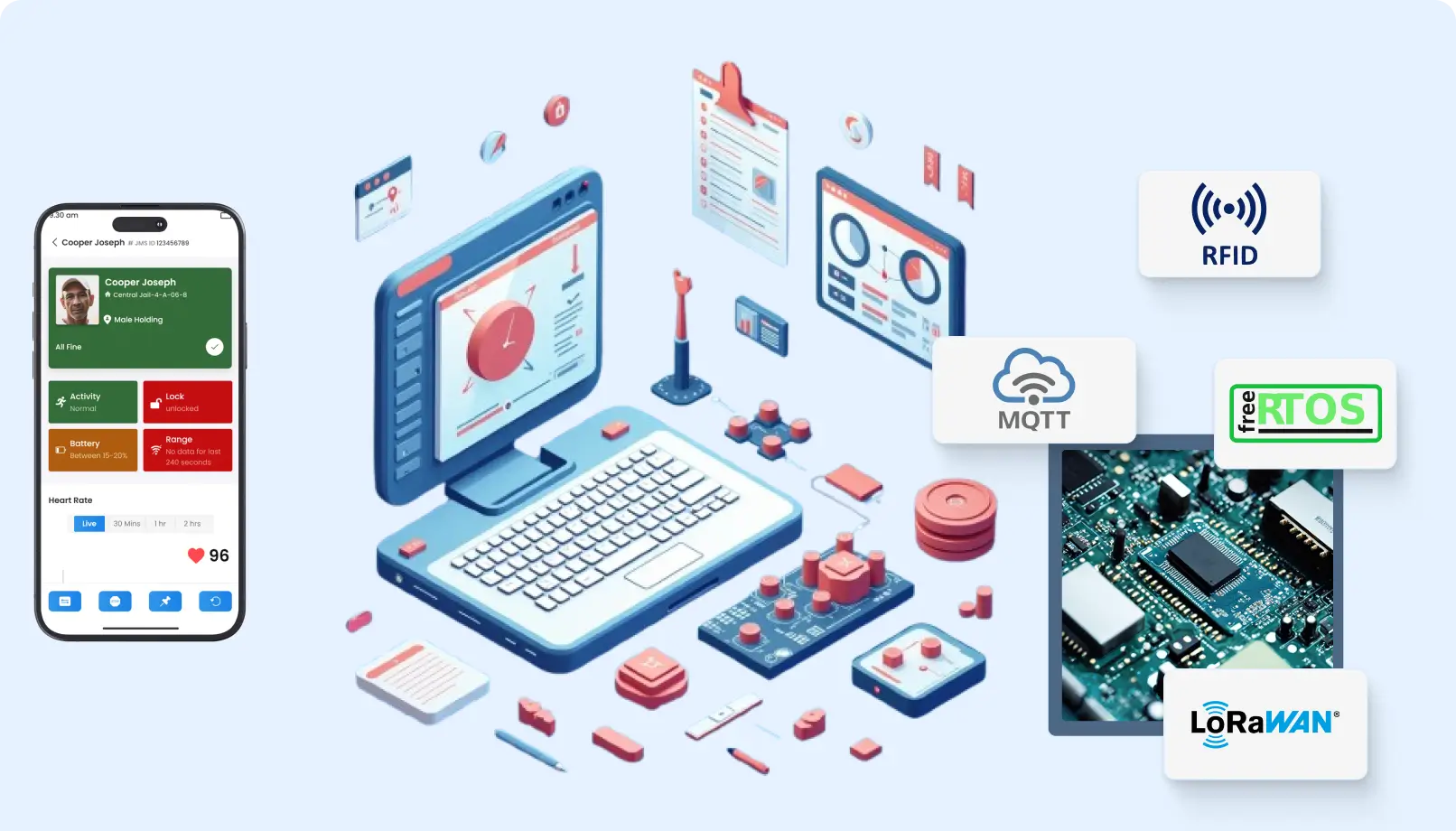Key Features of an IoT Dashboard
1. Real-Time Data Monitoring
The major function of an IoT dashboard is to display real-time data coming from connected devices. Sensors and other IoT devices collect data at every moment, so this dashboard is a live view, minute by minute, of information collected. Users can monitor parameters like temperature, humidity, consumption of energy, location, or any other metrics relevant to their operations.
2. Customized User Interface
A good IoT dashboard is flexible because it allows users to adapt the interface according to their needs and roles. According to personal and role-related preferences, users can change the layout, visualizations, and all widgets to focus on what they consider relevant.
3. Data Visualization Tools
Raw data is mostly difficult to understand but especially when it is coming from many places and streaming out into the system. The IoT dashboard provides many different types of data visualization tools for instance, graphs, charts, gauges, and maps.
4. Alarms and Notifications
Real-time monitoring is only half of the job, however. An IoT dashboard should also provide timely alert functionality when devices or systems are malfunctioning or pass a critical threshold. It allows the user to configure custom rules to receive alerts by e-mail or SMS, even from the dashboard interface itself.
5. Device Management
Where several devices are connected in IoT systems, managing devices is a critical task. User access to the centrally located central interface of IoT dashboards monitors, controls, updates, or even troubleshoots devices.
6. Analytics and Reporting
In addition to real-time monitoring, IoT dashboards provide analytics and reporting tools for historical data. Users can analyze past performance, detect trends, project future results, and provide comprehensive reports for informed decision making.
7. Security and Access Control
Any IoT deployment has data security as a prime requirement. IoT dashboards provide role-based access control, allowing only authorized personnel to access sensitive data or device management functions. Data integrity is secured through the inclusion of encryption and secure login methods.
Application:
An IoT system for healthcare may limit the view of patients’ medical information to authorized personnel including doctors, nurses, and other medical staff involved in actual care. This maintains the confidentiality and integrity of personal data and ensures compliance with Data Protection Laws.
Benefits of Using an IoT Dashboard
1. Better Efficiency in Operations
An IoT dashboard can help organizations simplify their operations, as it provides the comprehensive view of all devices and systems. It offers real-time data visualization and automated alerts, which allows users to respond more quickly to problems, reduce downtime, and increase efficiency.
Benefit:
It helps spot laggard machinery and schedule maintenance, thus avoiding a huge mess in the case of a potentially costly breakdown. Pricey breakdowns can be avoided.
2. Better Decision Making
Having access to both real-time and historical data allows users to make more informed decisions. The possibility of analyzing trends for possible outcomes enables organizations to plan more accurate changes in the future.
Benefit:
An energy grid operator could potentially monitor the consumption pattern and adjust their output according to the anticipated demand, thereby avoiding waste and assuring a stable grid.
3. Cost Savings
With the use of IoT dashboards, businesses can identify where they are wasting a lot of time and money by inefficient processes, avoid costly errors, and optimize their operations. In this case, it will provide insight on areas such as energy usage, maintenance needs, resource usage, or simply on which aspects to reduce waste and decrease costs from operations.
Benefit:
A smart building’s dashboard might highlight where the unnecessary use of power is happening and will adjust those things which mean less at utility bills.
4. Improving Automation
One of the end products of IoT is automation and dashboards serve as an epicenter through which such activities are triggered with or without rules. They could automatically change thermostats or turn off equipment once the conditions are met that may improve operations.
Benefit:
The agriculture IoT dashboard could automatically adjust the level of irrigation based on the soil moisture reading to optimize the usage of water without human interference.
5. Proactive Maintenance
Unlike other dashboards that respond to failures, IoT ones allow for predictive and preventive maintenance by alerting the users of possible problems before they occur. It helps in reducing downtime and also extends the lifespan of equipment.
Benefit:
An abnormal tire pressure reading may be transmitted through an IoT dashboard to a vehicle fleet manager, who intervenes early and thus prevents accidents or expensive repair work.
6. Scalability
As IoT deployments grow, so does complexity in management with hundreds or thousands of devices. With IoT dashboards, the scale of the business grows: new users can add new devices, integrate more data sources, and expand functionality as needed without overwhelming the system.
Advantage:
A smart city can start with a few dozen sensors for traffic management and expand to hundreds or thousands of devices for managing waste collection, lighting, and air quality over time.
7. Centralized Control
With multiple devices and systems involved, their operations become simple with one central dashboard. In doing so, the control gets centralized, which eliminates many different interfaces, thus reducing complexity.
Advantage:
A logistics company can potentially control the overall vehicle tracking, temperature monitoring, and fuel consumption of an entire fleet from a single dashboard, enhancing coordination and control.
Conclusion
IoT dashboards are something of a lifeline when dealing with complicated networks of connected items, whether this is for smart homes, businesses, industrial settings, or even entire cities. The ability of IoT dashboards to indicate real-time insights and streamline activities with centralized control unlocks the true potential of an IoT system. With the right, robust IoT dashboard, an organization will be able to efficiently enhance its bottom line, cut costs, and make better decisions-gaining the organization an enhanced perspective on the way things are done in this increasingly connected world.
